“We’d like more sales.”
Indeed, the main goal and dream for almost all online retailers. It’s no surprise either that the coronavirus pandemic has put e-commerce at the forefront of retail. Consumers spent $861.12 billion online with U.S. retailers in 2020, up 44.0% from $598.02 billion in 2019, according to the latest Digital Commerce 360 analysis. Online spending represented 21.3% of total retail sales last year, compared with 15.8% the year prior.
It’s all but written in the stars that e-commerce will continue to flourish in a post-pandemic world too, and with the vast amount of data gleaned from research and the collective experiences of successful e-commerce platforms, a collection of e-commerce best practices has emerged into a field now known as Conversion Rate Optimization, or CRO.
Just to state the obvious – imagine your online store is currently running a 5% conversion rate (5 sales per 100 visitors). By implementing some CRO “best practices” and increasing your rate to 7% or higher, you’re essentially spending the same amount of money, but getting more returns.
In addition, e-commerce is expanding quickly beyond websites. More and more people are shopping in marketplaces (Amazon, Etsy, Facebook), apps, and across devices. Successful e-commerce platforms are leveraging new technologies, the use of APIs, and an increased emphasis on personalization to stay successful.
Here are a few do’s & don’ts, based on what we’ve seen and learned, as we head digitally deeper into 2021.
1. Do: Lose the Sliding Carousel.

It’s at the top of everyone’s online store’s front page, it takes up the most precious real estate of your visitor’s journey, and it’s time to get rid of this antiquated mistake. Why?
Research by the Neilsen Norman Group has definitively shown that users a) ignore sliding carousels, b) get annoyed by them, or c) get confused by them. Check out the image below:
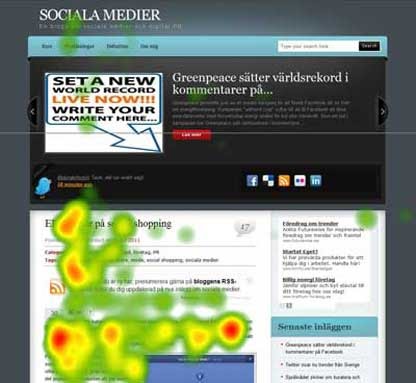
Image: Beantin.se
This eye-tracking study shows how the sliding banner area of the page (the area with the darker background towards the top of the webpage) was almost completely ignored by users. It means nobody is really checking that content out, since users generally prefer to control their own navigational experience and focus. E-commerce websites today should in some capacity follow a funnel approach – “top-down” (goal-oriented) rather than “bottom-up” (stimulus-driven).
Sliders have also proven to be confusing if they contain CTA (Call-To-Action) buttons leading them to other pages on your site, but when users head back, the previous page may have changed or is constantly changing.
In short, sliding banners can cause information foraging to become complicated.
2. Don’t: Let Your Customers Check Out as Guests.
A one-click Paypal button seems an attractive feature for users to make quick purchases, but if a user is about to make a purchase on your website, you should, by default, have them create a registered account to do so. There are a few reasons to do this –
a) It allows for better customer service. Assuming you’ve checked out of an online store as a guest before, you’re familiar with this point. You receive an automated thank-you email about your order from a no-reply account, and that’s the end of your relationship with that store. But what if you have questions about your order, or it doesn’t arrive? You may need to visit the website, find the “Contact Us” section, copy their email address, copy and paste your order number… it’s far from the ideal customer experience that you want to give your customers. With a login and personal portal, your users can check on the status of their order, have a direct link to contacting you, and their purchase history can be stored. Which leads us to b).
b) It allows for a more personally customized user experience, and better customer nurturing. With a saved behavior history for each user, you can position better, more engaging, personal follow-ups after purchases. Product/service recommendations, discounts, rewards for customer loyalty, better targeting and segmentation with your email marketing, birthday deals, renewal notifications… the list goes on. You’re essentially opening the door to retaining a relationship with your customer.
c) It doesn’t cause added friction or loss in conversions. Six years ago, the registration process was one of at least six extra steps – in 2021, it’s a quick and simple adding of a username and password, one the user will hardly notice as “extra”. A tip here – don’t offer registration as an option (i.e. a “Register Now” button next to a “or, Continue As Guest” button) – doing so invites the mindset that registering is an extra effort and you will lose chances to capture and build these customer relationships.
d) It means fewer abandoned carts. There is a proven mindset with online buyers that by signing up before buying something, and immediately receiving a “welcome!” email after, they are far less likely to change their minds in the moments before they click “purchase” – because the registration process is one of trust, of personal investment, of a digital handshake before any deals are made. Forcing account registrations actually improves conversion rates.
3. Do: Have a Clear, Succinct Value Proposition.
A value proposition, also known as a positioning statement, is the opening “pick-up line” of your site. It’s arguably the most important aspect of your online platform. It’s also what should replace your sliding carousel!
Your value proposition should be among the very first things your visitors see when they land on your site (this goes for every kind of website, not just e-commerce ones). It should be clear, captivating, and let visitors know immediately that they are in the right place (or not, in which case, you’re not wasting their time, and they’re not wasting yours). In the pace of today’s virtual world, you have mere seconds to capture a lead, or lose them forever.
Peep Laja, founder of Conversion XL, writes, “A value proposition is a promise of value to be delivered. It’s the primary reason a prospect should buy from you. It’s also the #1 thing that determines whether people will bother reading more about your product or hit the back button.” He goes on to say that a value proposition should:
- explain how your product solves customers’ problems or improves their situation (relevancy),
- deliver specific benefits (quantified value),
- tell the ideal customer why they should buy from YOU and not from the competition (unique differentiation).
Here are a few examples of value propositions done the right way. Let these inspire your value propositions – come up with a few, and test them over time.
Trello:
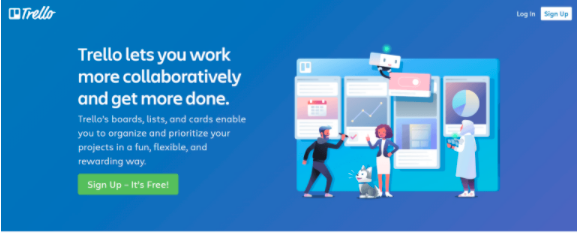
Zoom:
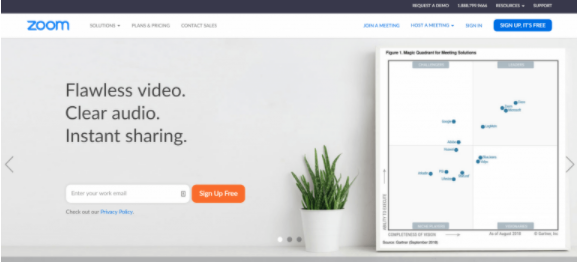
Evernote:
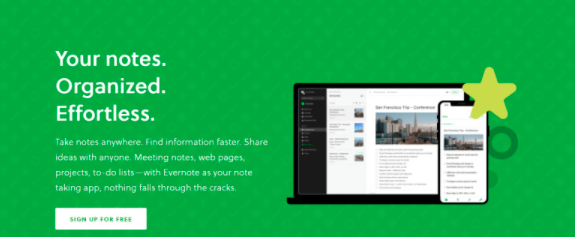
Dollar Shave Club:
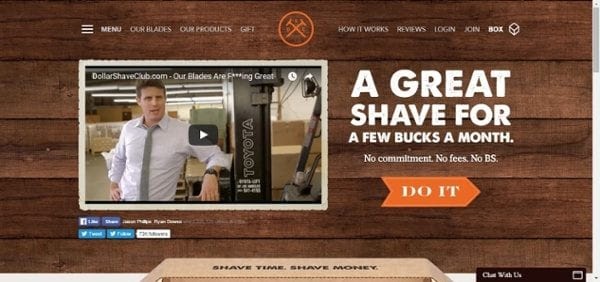
Luxy Hair:
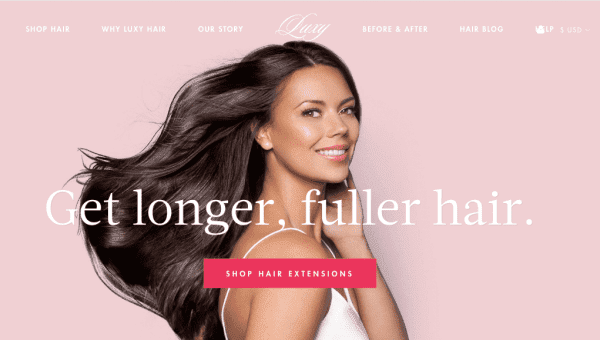
DeskBeers:
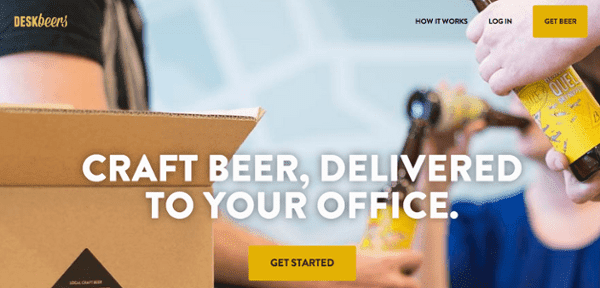
4. Don’t: Underestimate Transparency and Personalized Experiences.
Customers much prefer when their experience is tailored to their unique needs. Smarter HQ has learned that 72% of customers only engage with personalized messaging.
For example, Enfamil requests the due date of babies from pregnant mothers when prompting them to sign up for an email list. This allows them to provide relevant information throughout the pregnancy and as the baby develops. It’s a personal touch that resonates with an audience in a very real, differentiated way.
Think about this in relation to 2021’s e-commerce trends – as AI becomes less artificial and more accessible, we are seeing more chatbots replacing customer service. More customers are shopping in marketplaces rather than individual websites, with niche platforms like Etsy. If you choose to host products and services on marketplace platforms, transparent language and personalized communications are imperative. Personalization will go beyond making a purchase to making a bond.
Whatever platforms you have a presence on, use them to answer all the questions that you get from your customers. Because you’re not there in person to answer any of the questions that come up during a visitor’s navigational experience, it’s important that you provide as much information as they need to make a purchase decision.
Lay it out for them – the purchasing process, Frequently Asked Questions (collect these, and then address them on your site), Return/Delivery/Shipping Policies, and any other common inbound product/service specific queries that you observe.
This goes hand-in-hand with showcasing customer testimonials and product reviews on your sites – you should absolutely be leveraging great reviews on your online store. Many customers will look for reviews of your products before they purchase anything, and make decisions based on their opinions and experiences. Since you can’t stop them from searching for reviews of your services & products, you might as well guide them right there without having to leave your site. It will improve trust and help customers to make better decisions while never leaving your space.
In short, the clearer and more transparent you are with your communications and transactions with your customers, the more trust and brand affinity you’ll immediately build.
5. Do: Keep a Weather Eye on Untapped Marketing Channels and Omnichannel Marketing
As Lauren Davis of Just After Midnight put it:
“Omnichannel selling will become the new normal. We’re really seeing this with the public cloud platforms moving into this space with tools like Amazon Personalize and Pinpoint. This could potentially be disruptive in an interesting way, but the bottom line is omnichannel selling, and those kinds of capabilities will be cheaper and more accessible. 2021 will be the year this moves from something some are doing to something most are doing.”
By the simplest definition, a “marketing channel” is a means by which a producer reaches a consumer with their goods or services. Think back to the days of the mid-20th century, when marketers aligned their efforts across television, radio, print, and door-to-door. This, we would call “multichannel selling” – incorporating multiple marketing strategies across various mediums. Fast forward to today, and we’re seeing the emergence of “omnichannel selling”. How this differs from “multichannel selling” is this – today’s average consumer wants to find out about your services on Instagram, browse your website from a mobile device, buy something over the phone, then talk to your customer service team via desktop in a chatbox, and then get more information from Alexa about your other products — and they want your company to remember them and their account details at every step. The key difference is a consistent user experience across channels.
A study in Harvard Business Review of 46,000 shoppers found that 73% of those surveyed shopped through multiple channels. Those shoppers also spent 10 percent more on their online purchases and 13% more on their in-store purchases than those who only used one channel.
Most businesses are already aware that customers want to view content in multiple ways. Tablets, mobile phones, and desktops are just the beginning. Amazon Pinpoint and Amazon Personalize are two products from Amazon Web Services (AWS) that enable brands to improve the customer experience and communicate with customers across multiple channels. To facilitate this, brands are using headless commerce architecture that delivers content and products to any screen or device with the help of APIs.
And no, we’re not just talking about fridges ordering your milk. Well, yes we are, but untapped marketing channel opportunities don’t stop there. Consider:
- Smart voice assistants. Alexa, Google, and Siri are giving companies a new way to interact with their customers. You can take steps right now to optimize your e-commerce website or app specifically for voice search – perhaps something we’ll cover in a future blog.
- Wearables. Apple Watches and Fitbits are now sharing shelf space with Amazon Echo Frames and medical monitors that their technologies have steadily grown, thanks to their success in the healthcare and fitness industries. As that happens, omnichannel opportunities grow too – wearables can gather data on in-store experiences, the time users spend in stores, and the items they browse, for example. Headless or decoupled digital platforms developed for these devices will soon help manage personalized content delivery.
- The Internet of Things. Yes, “IoT” is the larger umbrella that covers smart voice assistants and wearables, but it’s noteworthy that thousands of products are now IoT-ready: cars, doorbell cams, home security and climate control systems, and yes, even fridges. They all collect and store behavioral data that can be leveraged in digital marketing and e-commerce environments. Check out this graph projecting IoT device demand, compiled by Statista, for the years to come-
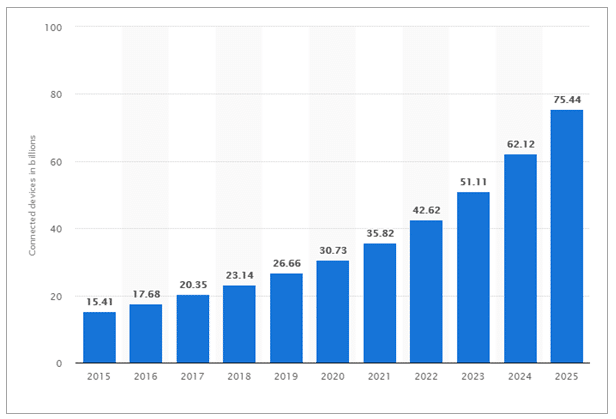
Conclusion
E-commerce trends today are the same as they’ve ever been – embrace new technologies and opportunities, while maintaining a human experience as much as possible with your customers. A personal email will go leaps and bounds further to cultivate brand trust than any automated transaction, yet the advancement of APIs and IoT devices is taking leaps and bounds towards vastly different avenues and platforms to reach those customers in the first place.
2020 was an unforgettable year, but amidst the tragedies and confusion, opportunities were there to be seized. At least in the e-commerce sphere. 2021 could be a year that’s just as memorable, and hopefully, for much more positive reasons.



